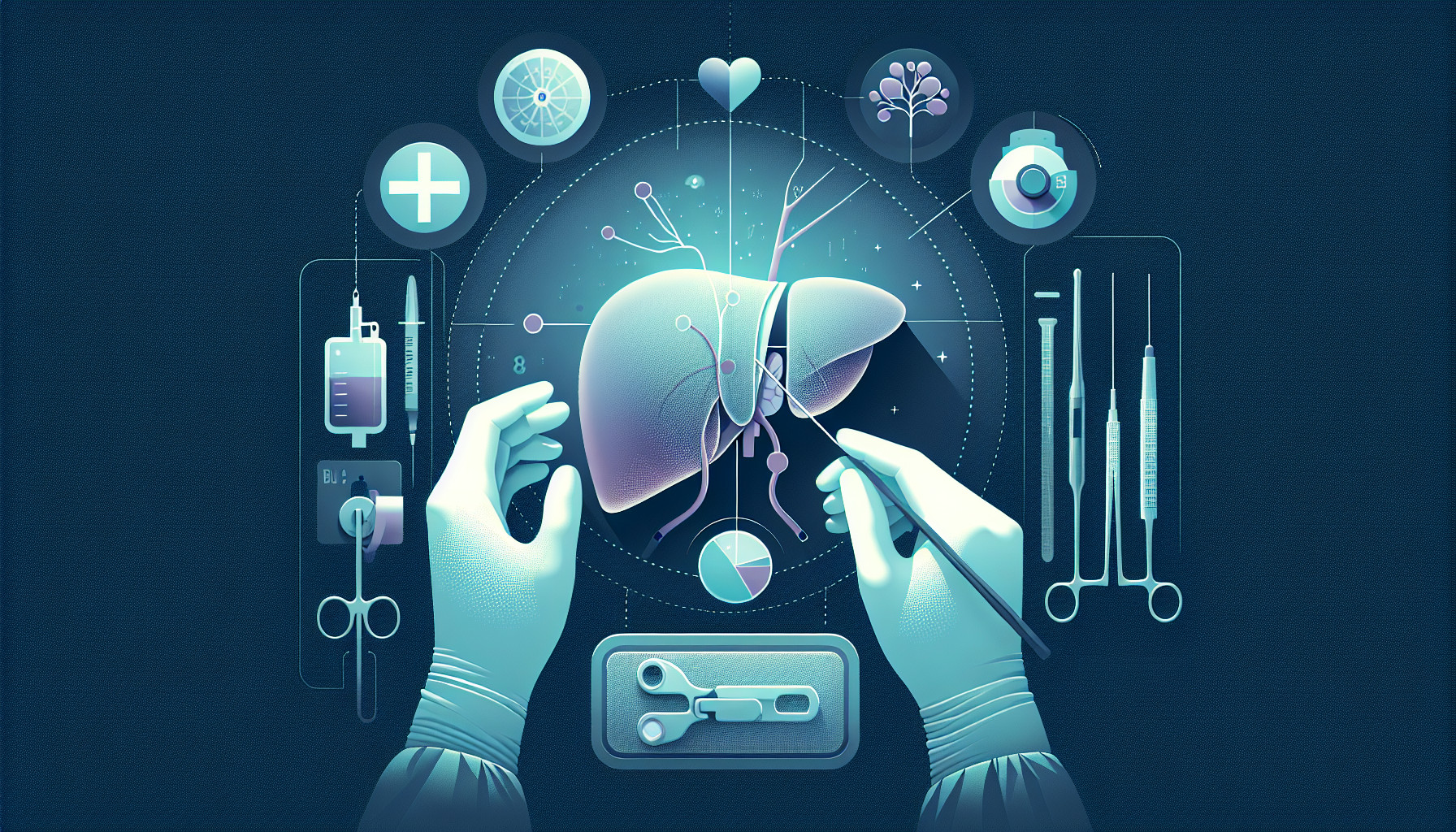Our Summary
This research paper discusses liver transplantation in children, which is a reliable and long-term treatment option for various diseases. The role of a pathologist is vital in diagnosing the disease, assessing the suitability of the donor’s liver, and spotting signs of damage to the organ after the transplant. However, as more and more of these transplants are performed, new and potentially misleading features have been observed in the microscopic examination of tissues, which can have significant implications for the patient’s treatment, particularly in the long term and when reducing immunosuppression drugs.
The review aims to outline the most significant conditions that can occur in pediatric liver transplantation. This includes the main reasons for transplantation in children and the complications that can arise after the procedure, whether caused by the immune system (rejection) or not. The review also offers useful suggestions about new pathology techniques in pediatric liver transplantation.
FAQs
- What is the role of a pathologist in pediatric liver transplantation?
- What are the potential implications of new and misleading features observed in microscopic examination of tissues post-transplant?
- What are the most significant conditions that can occur in pediatric liver transplantation according to the review?
Doctor’s Tip
One helpful tip a doctor might tell a patient about pediatric liver transplant is to closely follow the post-transplant care plan provided by the medical team. This may include taking immunosuppressant medications as prescribed, attending follow-up appointments, and following a healthy diet and lifestyle to support the new liver. It’s important to monitor for any signs of rejection or complications and to report any changes or concerns to the medical team promptly. Being proactive in managing post-transplant care can help ensure the best outcomes for the child’s health and well-being.
Suitable For
Patients who are typically recommended for pediatric liver transplant include those with end-stage liver disease, acute liver failure, metabolic liver diseases, and liver cancer. End-stage liver disease can be caused by conditions such as biliary atresia, autoimmune hepatitis, Alagille syndrome, and alpha-1 antitrypsin deficiency. Acute liver failure may result from viral infections, drugs/toxins, metabolic disorders, or autoimmune diseases. Metabolic liver diseases include conditions like Wilson’s disease, hemochromatosis, and glycogen storage diseases. Liver cancer, such as hepatoblastoma or hepatocellular carcinoma, may also necessitate a liver transplant in children.
It is crucial for pediatric patients to undergo a thorough evaluation by a multidisciplinary team, including hepatologists, transplant surgeons, pathologists, and other specialists, to determine the appropriateness of liver transplantation. The decision to proceed with a liver transplant is based on the patient’s medical condition, prognosis, and potential benefits of the procedure.
Overall, pediatric liver transplantation is a life-saving treatment for children with severe liver diseases. With advancements in surgical techniques, immunosuppressive therapies, and post-transplant care, the outcomes for pediatric liver transplant recipients have significantly improved in recent years. However, close monitoring and ongoing management are essential to ensure the long-term success of the transplant.
Timeline
Timeline before pediatric liver transplant:
- Diagnosis of liver disease in the child
- Assessment of the child’s overall health and suitability for a transplant
- Evaluation of potential living or deceased donors
- Pre-transplant testing and preparation
- Placement on the transplant waiting list
Timeline after pediatric liver transplant:
- Surgery to remove the diseased liver and implant the new liver
- Post-operative care in the hospital, including monitoring for complications
- Initiation of immunosuppression medication to prevent rejection
- Regular follow-up visits with the transplant team to monitor liver function and adjust medications as needed
- Long-term management of the transplant, including potential complications such as rejection, infection, and side effects of medications
- Potential need for re-transplantation in case of graft failure or other complications
Overall, the timeline for a pediatric liver transplant involves a complex and multi-disciplinary approach to ensure the best possible outcomes for the child. Close monitoring and ongoing care are essential for the long-term success of the transplant.
What to Ask Your Doctor
What are the potential risks and complications associated with pediatric liver transplantation?
How long does the recovery process typically take for a child undergoing a liver transplant?
What medications will my child need to take after the transplant, and what are the potential side effects?
How often will my child need to follow up with the transplant team after the procedure?
What signs or symptoms should I watch for that may indicate rejection or other complications?
How will the success of the transplant be monitored in the long term?
Are there any lifestyle changes or restrictions my child will need to follow after the transplant?
What support services are available for both my child and our family throughout the transplant process?
Are there any alternative treatment options to consider before proceeding with a liver transplant for my child?
What is the long-term prognosis for a child who undergoes a liver transplant at a young age?
Reference
Authors: Gambella A, Mastracci L, Caporalini C, Francalanci P, Mescoli C, Ferro J, Alaggio R, Grillo F. Journal: Pathologica. 2022 Feb;114(1):89-103. doi: 10.32074/1591-951X-753. PMID: 35212319
